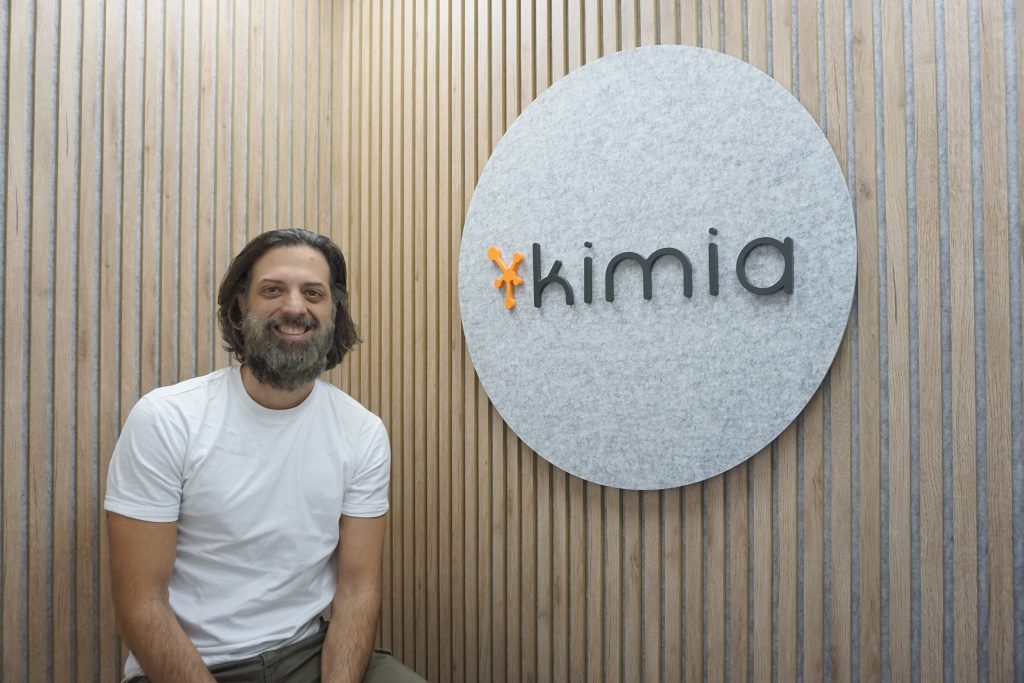
An e-commerce‘s ultimate goal is to sell, so many don’t see the benefit or don’t know how to use branding campaigns for their business.
“Are branding campaigns actually effective in this sector? How do they affect real conversions? Anyone can get impressions, but in the e-commerce world, every strategy has to have an increase in sales as their final goal. So how do you get quality impressions? How much should you spend in branding?”, weighed Carlos Molina, Tidart‘s CEO, during the “III Foro eCommerce de La Publicidad” event, in Madrid.
He explained that there are two types of branding campaigns, each with its own goal.
- Notoriety campaigns: these are campaigns with a notorious format. That means creating a campaign with a format that guarantees exclusivity to the advertiser, be it due to the advertising space it is occupying or to the prescribers associated with that advertisement. Long story short, it means creating a campaign that you can’t find everywhere, exclusive and measure-made.
- Coverage actions: these generate multiple impacts within your target audience or consumer. On a practical level, they are segmented campaigns created for specific groups within your audience to effectively impact as many people as possible within that group.
Measuring branding campaigns & reaching your goals

“Are branding campaigns effective, you might ask? They have to be. But they can only do that if we establish clear goals, what we want out of them, and clear measurement parameters. If we look at branding campaigns by themselves and compare them with direct sales results, it won’t make sense and we’ll pause them right away. Of course, the real goal is to sell more, but what about everything else?”, Molina questioned.
He emphasized that they improve an e-commerce’s performance. Notoriety campaigns, for example, increase brand perception and generate consumer fidelity, making buyers feel more confident in their purchase.
“This is super important, because, when it comes to online shopping, people don’t just buy a product based on its price. They have to feel safe about the brand they’re buying from”, he sustained.
When it comes to coverage actions, Tidart’s CEO highlighted that they lead to growth. Typical “growth campaigns” have limits — traffic limits, specifically. It doesn’t matter how much an e-commerce spends on marketing, conversions will reach a roof when they hit their traffic limit. Branding campaigns can expand the number of visits and, consequently, conversions.
But how can you actually measure performance or growth, such abstract factors?
With coverage actions, Molina listed writing down and tracking every step a user takes until conversion, to see where he comes from, and identify all the quality indicators that that traffic is generating. Basically, the idea is to find out how far the extent of the coverage and its quality.
With notoriety campaigns, you can expect high CPMs, but low CTRs – at least lower than you would get from coverage actions -since this type of campaign seeks to expand your audience and brand confidence.
So which is more valuable? A scroll through your e-commerce or a newsletter subscription? That depends, but, to determine it, Molina recommends building a funnel chart.
At the base of the funnel you’d have impressions, then clicks, then scroll percentage, and so on, until you reach sale at the narrowest point or the tip of your funnel.
Now how do you measure the value of each of the components in your funnel chart?
“Let’s take the average value of an order, calculated taking into account actual orders placed in your e-commerce. So when that average order is completed, that is, when you make a sale for that price that you’ve defined as being your consumer’s average cart, you’ll attribute to it a certain numerical value. For example, 100, to make it easier”, he demonstrated.
He, then, concluded: “now, I’ll divide that between each value of my funnel chart. As I reach the base, the smaller the number will get, and I’ll be able to see the real impact of the campaign during every step of a consumer’s journey. This will allow me to optimize my strategy, scale up my actions, grow my audience, measure my real impact and really see how my branding campaigns reflect on my sales”.